What did you build today (Pictures) ?
-
The project of today is not yet connected with Mysensors.
This is a light relay with an IR receiver for the spotlight illuminating the backyard of my friends' house.
In the dark, the relay can be switched off from the remote control (to block the activation of the relay). If the remote is far away from you, then the lock can be removed with the searchlight switch by restarting it.
To understand if the relay is locked, there is a red LED on the case.



-
Anyone spots the differens? One booster draws 21mA sleeping and the other 13uA.

(I don't).
-
Anyone spots the differens? One booster draws 21mA sleeping and the other 13uA.

(I don't).
@sundberg84 Easy, one is disconnected... :joy: At 90 degrees? :stuck_out_tongue_winking_eye:
-
Anyone spots the differens? One booster draws 21mA sleeping and the other 13uA.

(I don't).
@sundberg84 Different SMD capacitors?
-
Anyone spots the differens? One booster draws 21mA sleeping and the other 13uA.

(I don't).
@sundberg84 Which booster is this anyway it looks better made than many I've seen available ?
-
@sundberg84 Which booster is this anyway it looks better made than many I've seen available ?
@zboblamont its the one from mysensors store. I bought 10 and 8 of them is working.
-
Finally I finished my chicken coop door opening thingie :) A build that has taken way to much time to complete, and a few different directions.
Just as I was ready to install the thing, I discovered that the DC motor that I had bought for this, couldn't lift the gate. So I had to go scrap hunting, to find a larger motor for it.. Luckily I had a 24V motor from a broken garageport opener which chould be used at 12V.
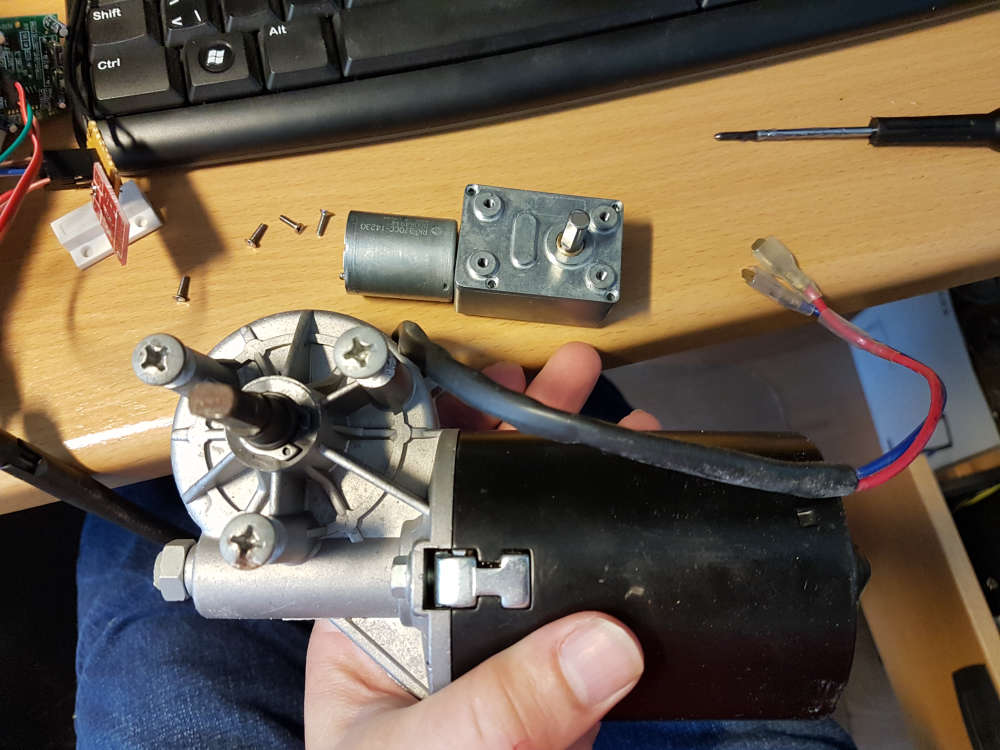
Control box above the door, includes a PIR sensor in the lid.
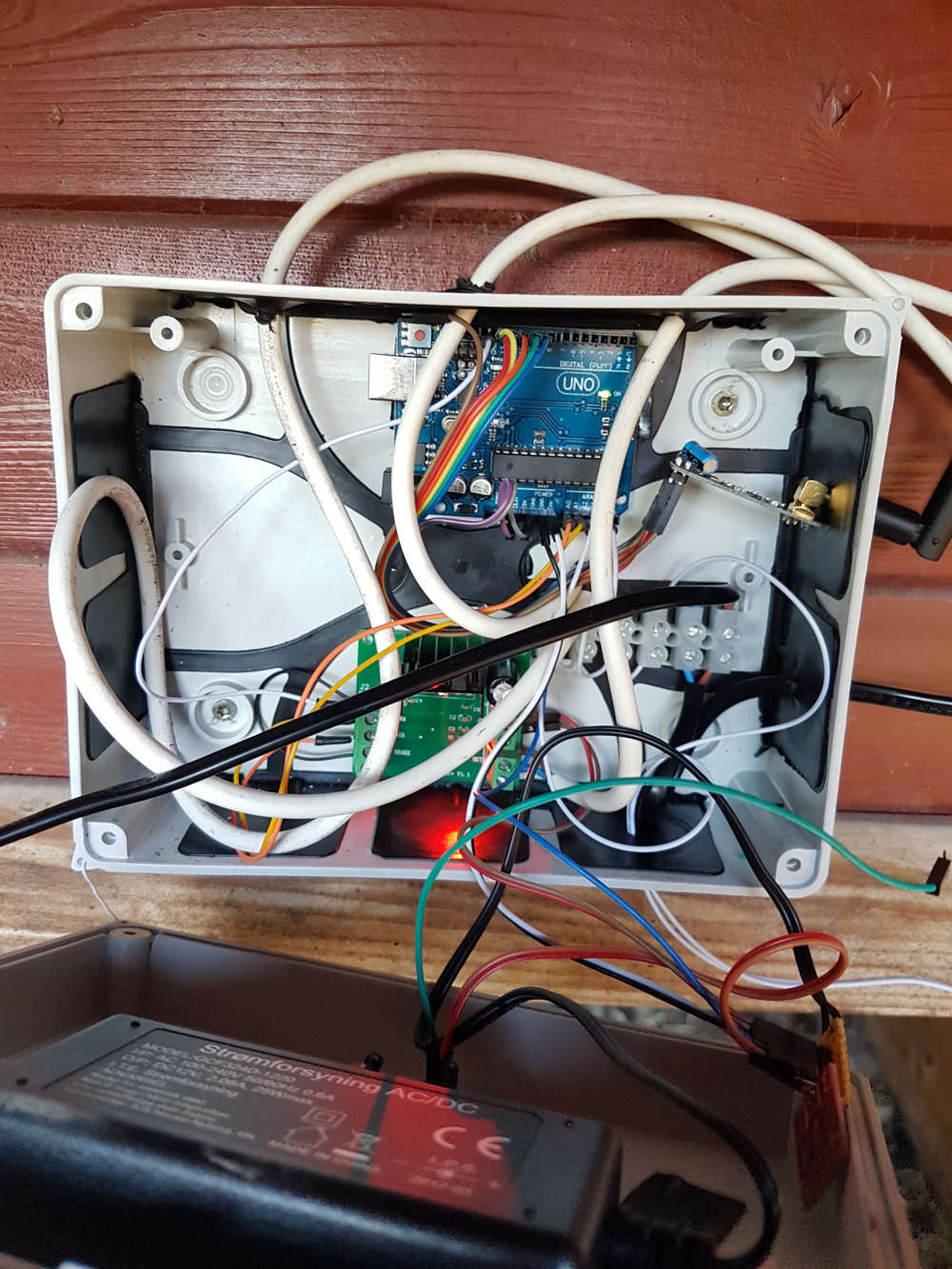
the gate, a sheet of 3mm black acrylic "glass". I had a couple of reed relays in the parts bin, so I use those to detect positions of the gate.

The motor on is placed on the inside of the wall.
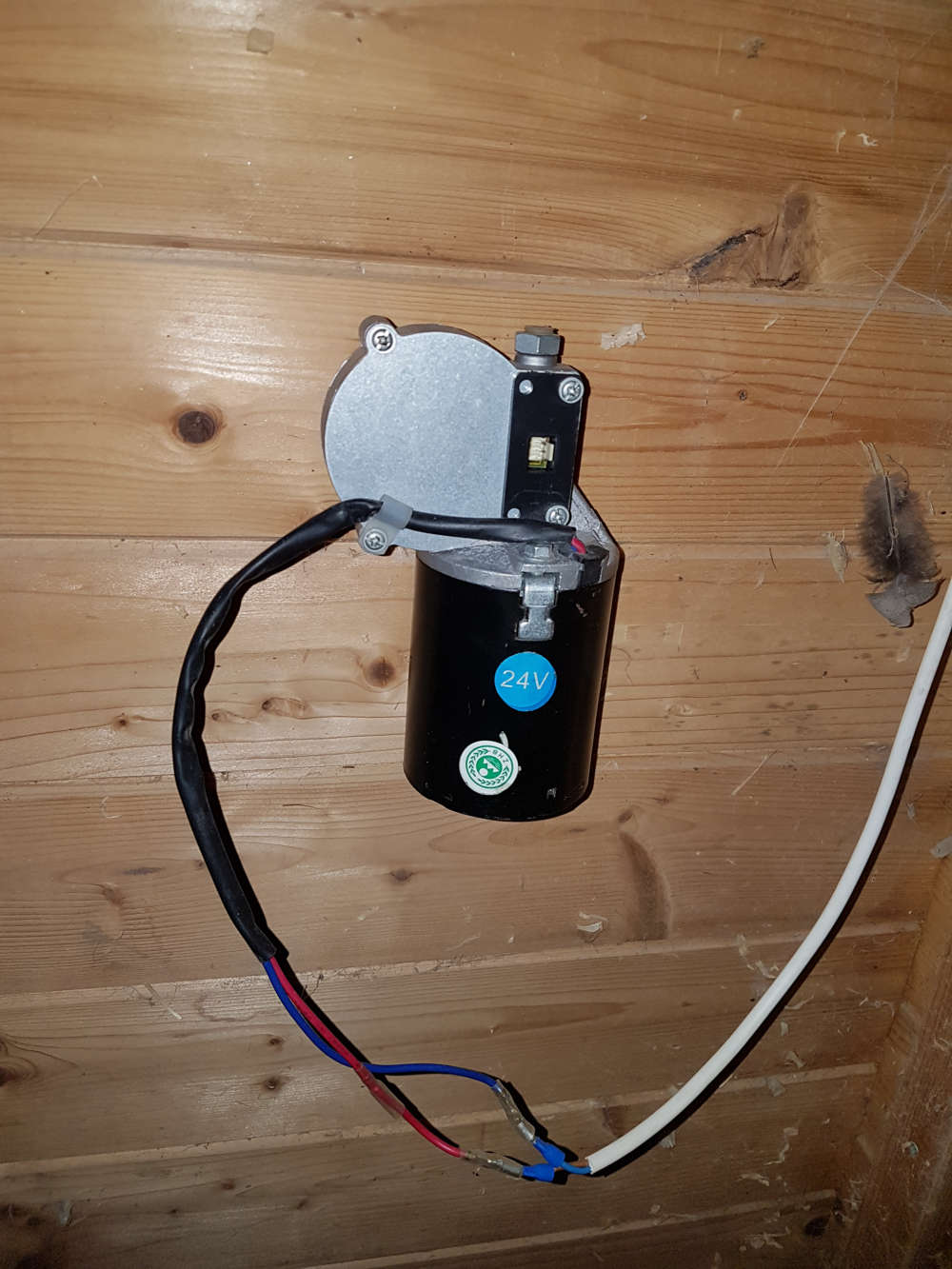
Field update of the firmware.. Should probably reflash the bootloader, to mysboot, so I can do it OTA..
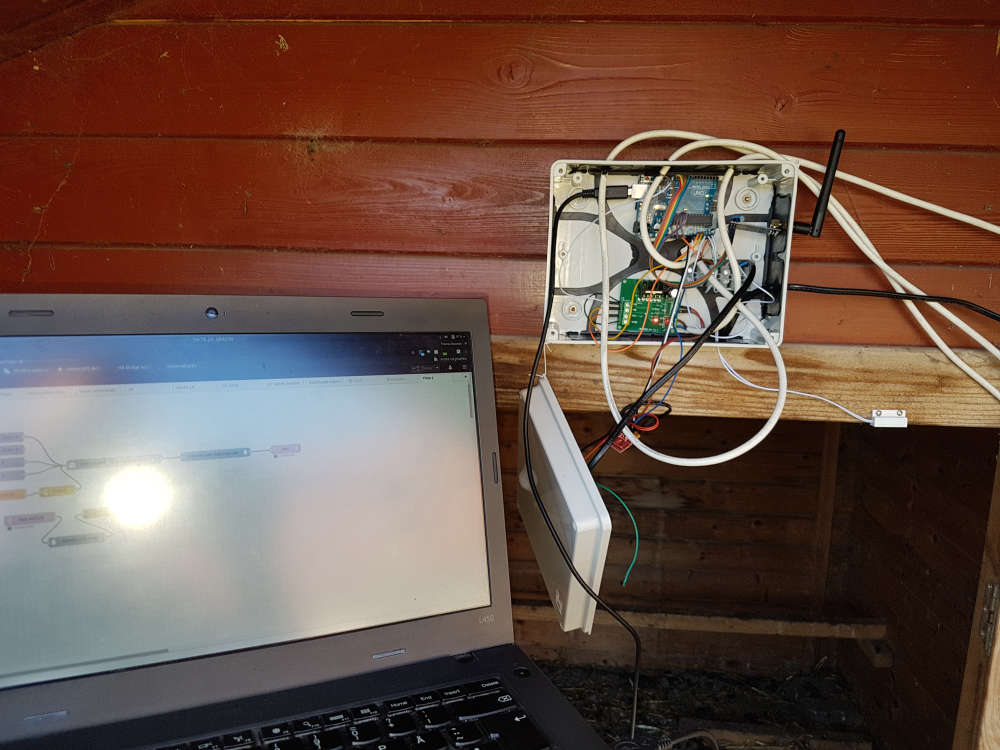
-
and of course a small video of the in action
-
and of course a small video of the in action
-
"funny" thing, that you first find all bugs after a more advanced node is deployed.. But after a couple of days debugging, with frequent firmware updates (opening the box, plugging in cables, and sitting with a laptop between all the chickens). I think that it is done now..
Firmware is here (if anyone is curios) https://github.com/tbowmo/chickenCoopFirmware
-
Hi all!
Today I eventually built my first MySensors device - Serial Gateway.

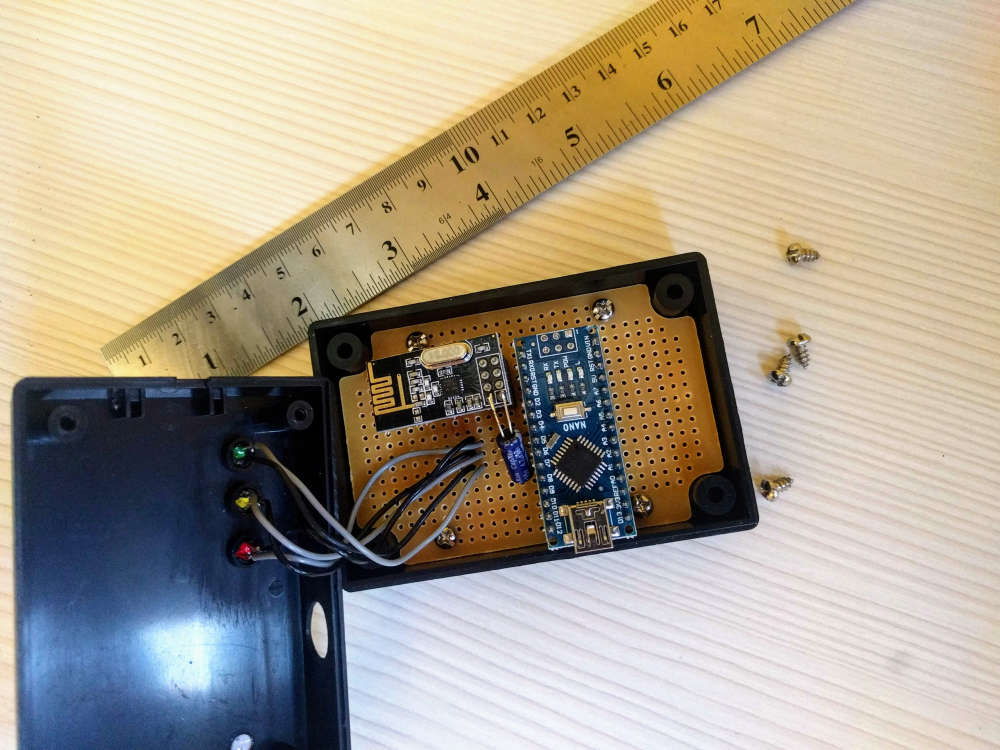
Now I'm testing it with OpenHab and working on first node - battery powered scene controller.
-
I have been using influxdb/grafana for the last year or so, for logging data and presenting it, so no need to use domoticz for that. Over a year ago I injected nodered into the stream, so it sits between mysensors and domoticz, and was used to route things around (And make some fake sensors for domoticz).
For the dashboard part I have been developing my own solution. First it was running within domoticz as a customized dashboard, but I moved it to Angular instead, with a strong dependency towards domoticz, as I could query that to get sensor values. Lately I had moved on to use MQTT for the dashboard (and internal node-red data routing). There I can get persistent data (retain) that keeps the latest data on a given topic. Then my need for domoticz went away there..
The last thing I then used domoticz for, was the automation rules for turning on / off my tv when the chromecast was activated, and control a couple of LED strips according to the state of the chromecast (playing / paused etc). With that moved to nodered, then domoticz could be turned off.
The complete software stack is a bit larger, than with domoticz for everything, but it is much more flexible, than what I could achieve with domoticz.
also it brought in a couple of needed updates for my node-red mysensors nodes, so that was a "bonus" as well :)
@tbowmo I've also been using MQTT and NodeRed as the routing solution for my home automation. I found that there was no default handling of ID_REQUEST messages which made configuring new nodes a manual process but eventually added that to my flows and now new nodes don't have to be configured at the Arduino end.
It would be nice to see more about your setup, more specifically about the dependencies in nodered-mysensors-flow/package.json on your github. -
@tbowmo I've also been using MQTT and NodeRed as the routing solution for my home automation. I found that there was no default handling of ID_REQUEST messages which made configuring new nodes a manual process but eventually added that to my flows and now new nodes don't have to be configured at the Arduino end.
It would be nice to see more about your setup, more specifically about the dependencies in nodered-mysensors-flow/package.json on your github.Have you seen this thread: https://forum.mysensors.org/topic/9296/node-red-contrib-mysensors-release-thread ?
Basically these set of nodes includes a controller node, that handles mysensors ID assignments, and a couple of other basic controller features.
-
Have you seen this thread: https://forum.mysensors.org/topic/9296/node-red-contrib-mysensors-release-thread ?
Basically these set of nodes includes a controller node, that handles mysensors ID assignments, and a couple of other basic controller features.
@tbowmo I had seen that thread. After importing your https://github.com/tbowmo/nodered-mysensors-flow, I think this is probably quite different from my approach, I've kept it all as flows without writing any new node types or adding dependencies beyond what is installed in Raspbian by default. At some point I'll get around to documenting and posting what I've done in NodeRed too, it's a pretty simple but surprisingly powerful tool.
-
@tbowmo I had seen that thread. After importing your https://github.com/tbowmo/nodered-mysensors-flow, I think this is probably quite different from my approach, I've kept it all as flows without writing any new node types or adding dependencies beyond what is installed in Raspbian by default. At some point I'll get around to documenting and posting what I've done in NodeRed too, it's a pretty simple but surprisingly powerful tool.
My Node Red controller is closer to what FotoFieber did a couple years back but it's for 2.3.0 and MQTT. His project is at https://forum.mysensors.org/topic/700/node-red-as-controller/28 as well as various updates over time. It was good to see @FotoFieber's code as it showed me a few holes in what I've done so far.
-
Well, node-red is powerful and you can do things without creating any new node-red nodes, but it makes life a lot easier (for me) when you can just pick an item from the palette, and hey-presto you have decoded the (serial/mqtt) mysensors message. Or pick another one, and you have a controller added, that can respond to ID requests.
Btw. the the github repository that you link to, was a bit outdated.. :) A lot of things have happened since I pushed last time.. (just pushed current node-red flow for reference)
-
So I finally finished my motion sensor project and it works :)
It will be published on OpenHardware.io soon :)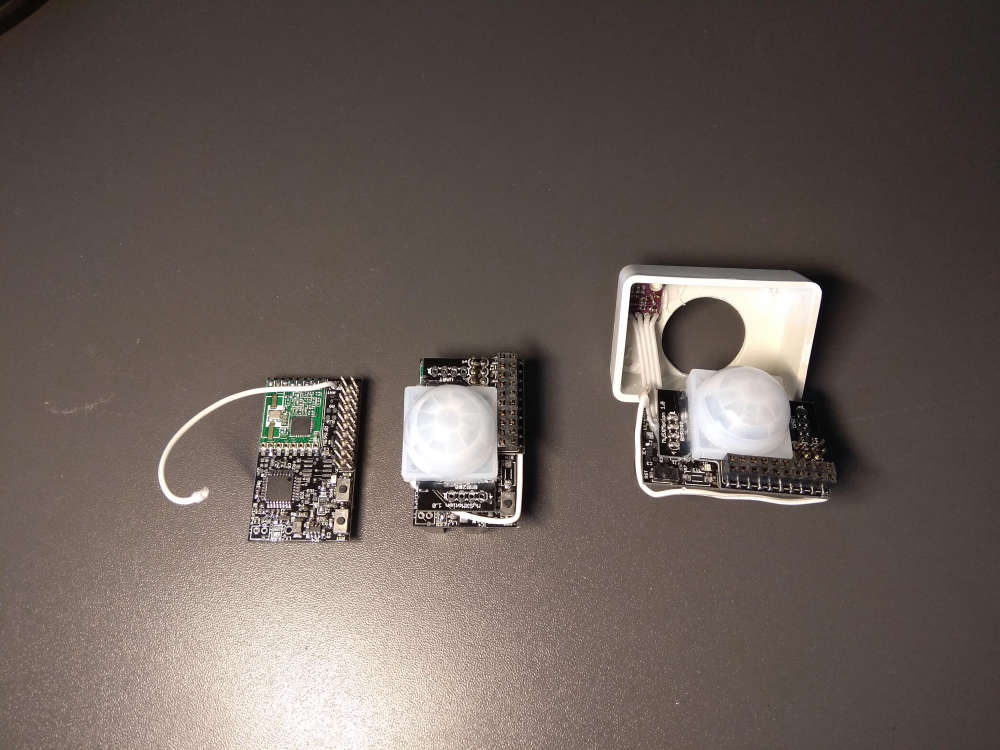
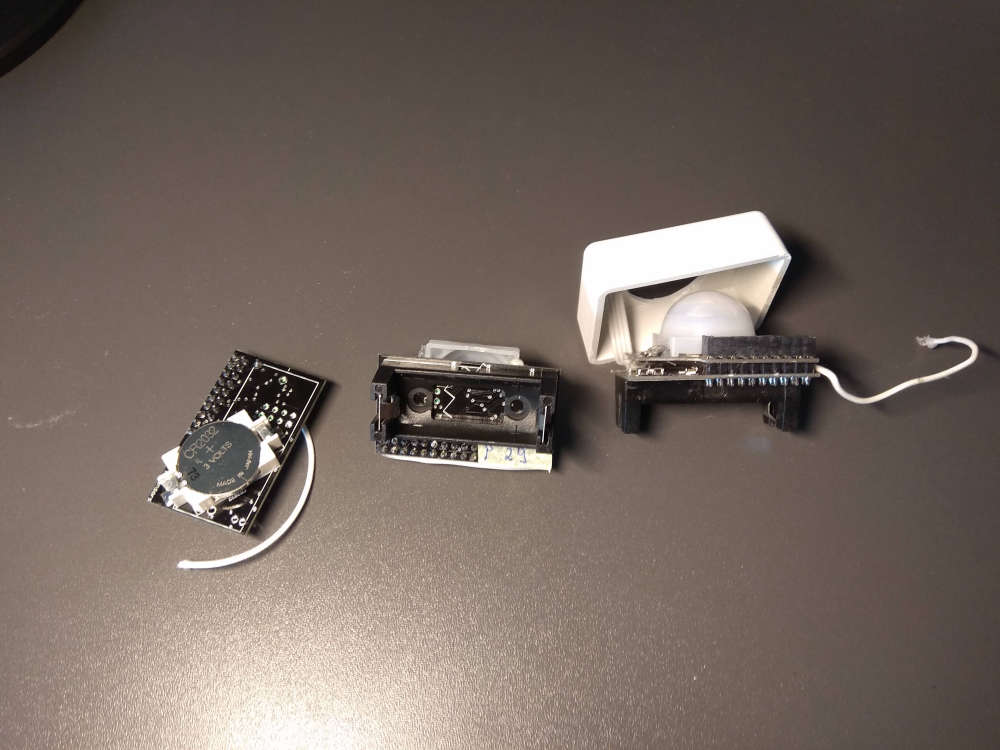

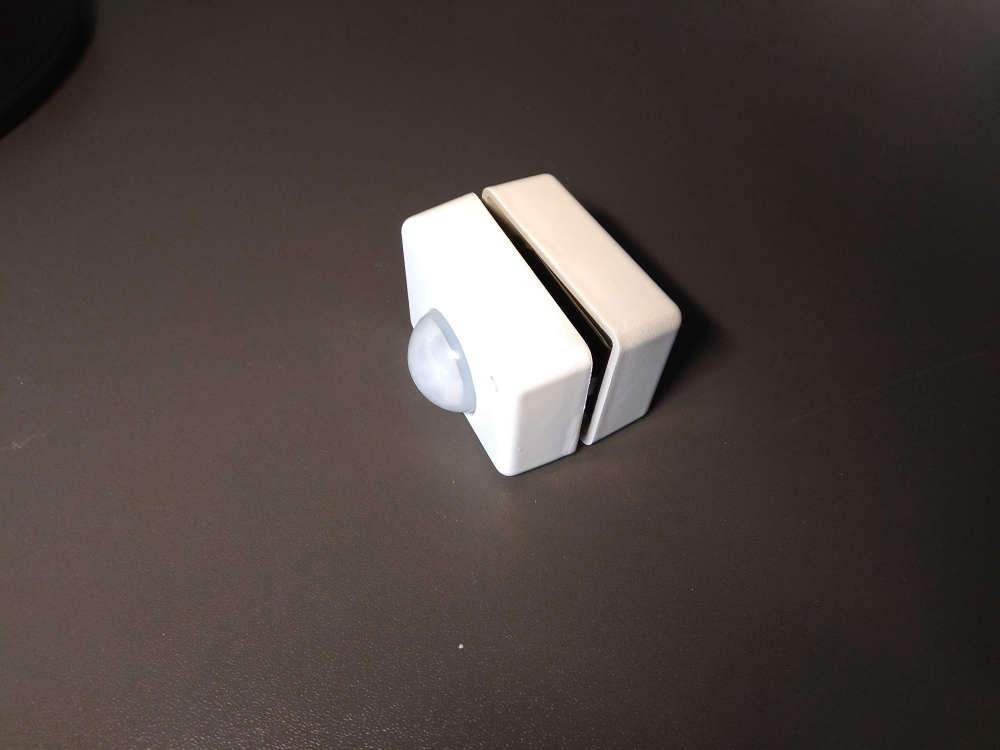

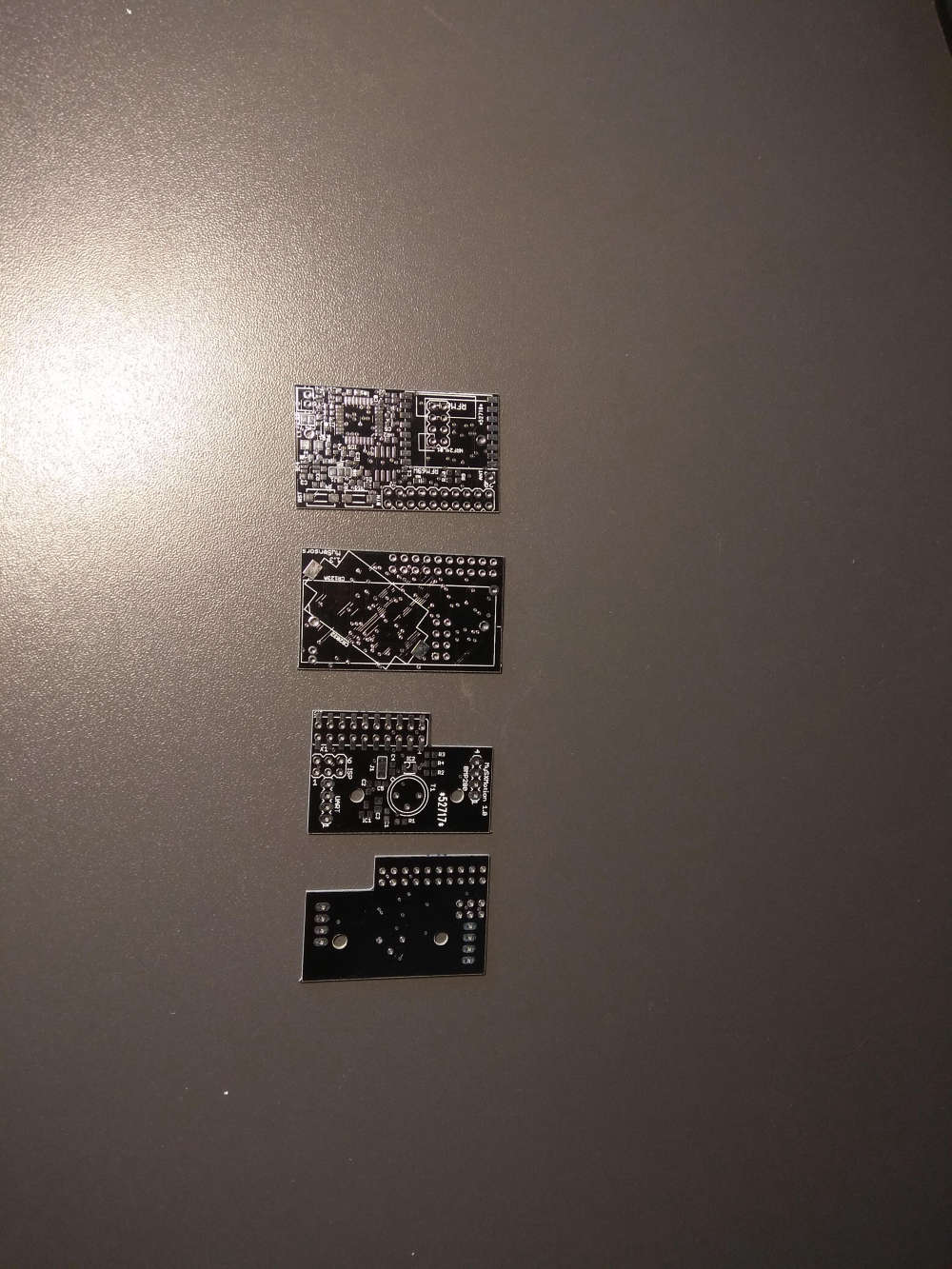
-
And also finished my toolkit library for MySensors for faster code developement (https://github.com/mczerski/MySensorsToolkit). Example projects (https://github.com/mczerski/MyMultiSensor).
-
So I finally finished my motion sensor project and it works :)
It will be published on OpenHardware.io soon :)






